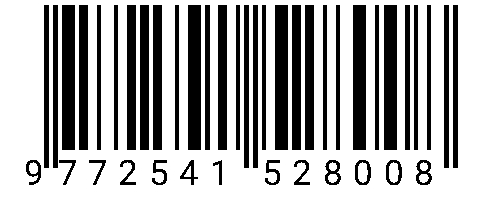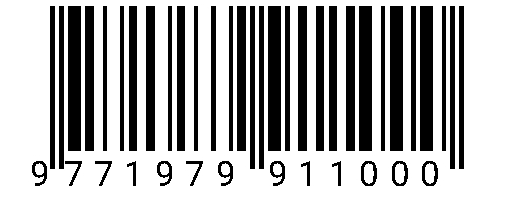ANALISIS TINGKAT POROSITAS BATUPASIR KARBONATAN KEREK SEBAGAI RESERVOIR DI DAERAH SIDOLAJU DAN SEKITARNYA KECAMATAN WIDODAREN KABUPATEN NGAWI PROVINSI JAWA TIMUR
DOI:
https://doi.org/10.34151/prosidingsnast.v8i1.4110Keywords:
Carbonated sandstone, Kerek’s Formation, porosity, reservoarAbstract
The research area is located in Sidolaju and its surrounding, Widodaren District, Ngawi Regency, East Java Province. Distribution of Kerek’s carbonated sandstone in the study area is the focus of this research, where the Kerek’s carbonated sandstone is not yet known for its porosity ability to become a reservoar. In general Kerek’s Formation arranged by clastic deep sea sedimentary rock that layered and has a good potential become reservoar. The purpose of this research was to determine the porosity level of Kerek’s carbonated sandstone as a reservoar. The research method used in surface geological mapping, taking 3 samples of Kerek’s carbonated sandstone, laboratory analysis, studio analysis and knowing the reservoar potential based on the level of rock porosity according to Koesoemadinata, 1980. The results of the calculation of porosity obtained values ranging from 15%-28% and classified as good-special. Sample number I has porosity percentage of 15.571%, sample number II has porosity percentage of 23.974% and sample number III has porosity percentage of 28.108%. The difference in the percentage of porosity is caused by secondary factors such as loading, cementation and fracture so as to increase and decrease the percentage of rock porosity.
Downloads
Published
Issue
Section
License
Copyright (c) 2022 Fidelis Saka Sigmaringa Da Costa, Dwi Indah Purnamawati, Dina Tania

This work is licensed under a Creative Commons Attribution 4.0 International License.







